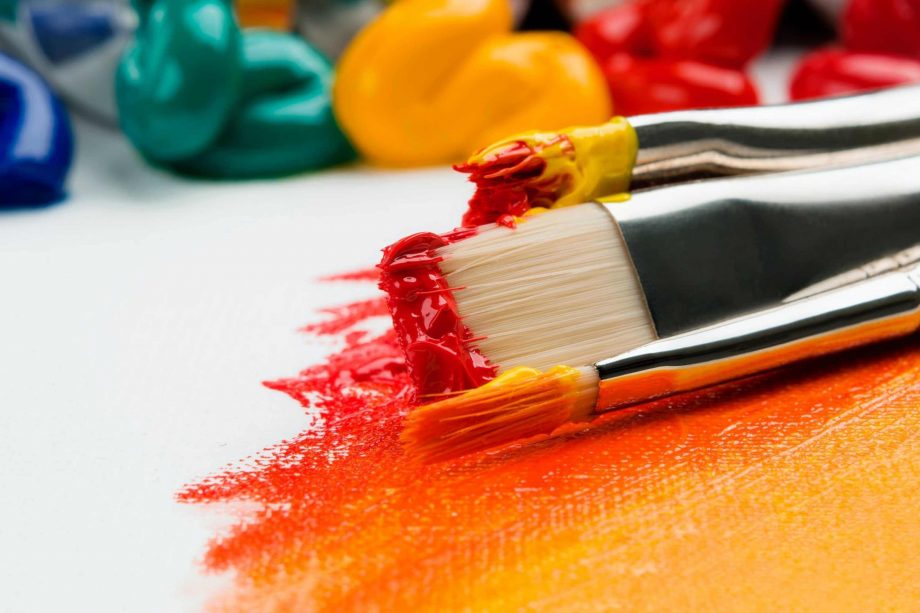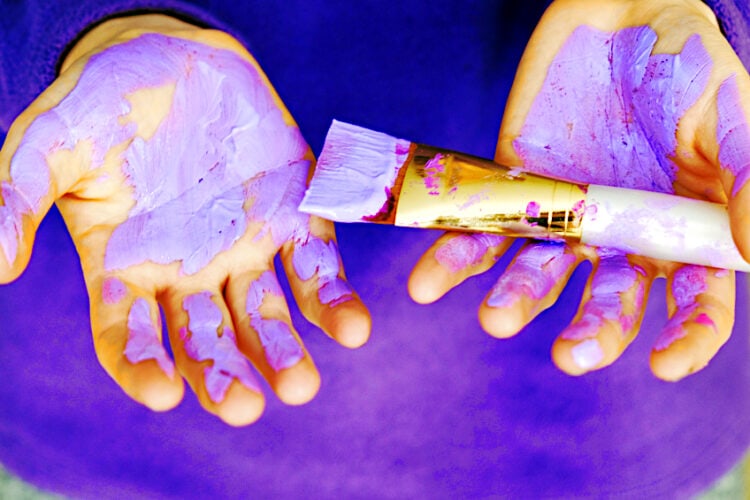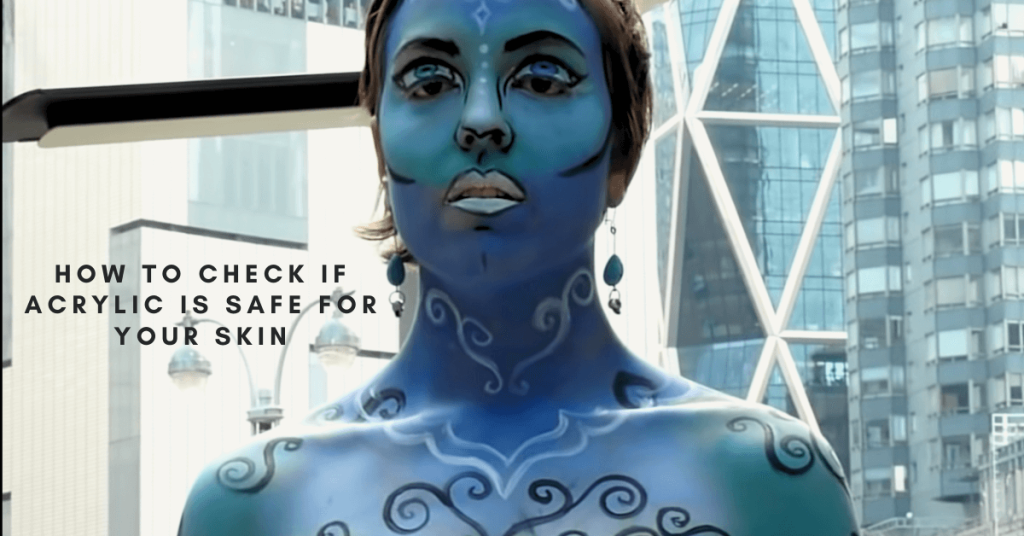In this auspicious occasion, we are delighted to delve into the intriguing topic related to paint safe on skin. Let’s weave interesting information and offer fresh perspectives to the readers.
Introduction
Alright, young artist! Let’s get ready to draw! 🎨 I’m excited to help you learn the basics of drawing and explore the wonderful world of visual arts.

Before we start, tell me, what kind of things do you like to draw? Are you interested in drawing animals, people, landscapes, or something else entirely? Knowing your interests will help me tailor the lessons to what you enjoy!
Let’s start with the basics:
1. Tools of the Trade:
- Paper: You can use any kind of paper, but drawing paper is best because it’s smooth and takes pencil marks well. You can even use old newspapers or cardboard for practice!
- Pencil: A good drawing pencil is your best friend. They come in different "hardnesses" (from very hard to very soft). A medium-hard pencil (like a HB) is a good starting point.
- Eraser: You’ll need an eraser to fix mistakes and clean up your lines. A kneaded eraser is great because you can shape it to erase specific areas.
- Sharpener: Keep your pencils sharp for clean lines!

2. Learning to See:

- Observation: Drawing is all about looking closely at things. Take your time and really study the shapes, lines, and details of what you’re drawing.
- Shapes: Everything can be broken down into basic shapes like circles, squares, triangles, and rectangles. Start by drawing these shapes to understand the foundation of your subject.
- Lines: Use different types of lines to create different effects. Thick lines can be used for shadows, thin lines for details, and curved lines for movement.

3. Let’s Practice!
- Warm-up: Start each drawing session with a few simple exercises to get your hand and eye working together. Try drawing circles, squares, and lines in different sizes and directions.
- Basic Shapes: Practice drawing basic shapes like circles, squares, triangles, and rectangles. See if you can draw them in different sizes and positions.
- Simple Objects: Once you’re comfortable with basic shapes, try drawing simple objects like a ball, a cup, or a book. Focus on the shapes and lines that make up these objects.
- From Simple to Complex: As you get more comfortable, you can start drawing more complex objects. Break down the object into smaller shapes and draw them one by one.

4. Adding Depth and Detail:
- Shading: Shading adds depth and dimension to your drawings. Use different shades of pencil to create light and dark areas.
- Hatching and Cross-Hatching: These techniques use lines to create different shades and textures. Experiment with different directions and pressures to create different effects.
- Blending: You can blend your shading using your finger, a cotton swab, or a blending stump to create smooth transitions between light and dark areas.

5. Don’t Be Afraid to Experiment!
- Try different mediums: Experiment with different drawing tools like charcoal, pastels, or colored pencils. Each medium has its own unique qualities and effects.
- Play with composition: Think about how you arrange the elements in your drawing. Try different perspectives and angles to create interesting compositions.
- Have fun! Drawing should be enjoyable. Don’t worry about making mistakes – that’s how you learn and grow as an artist.
Benefits of Drawing:
Drawing is more than just a fun activity; it’s a powerful tool for learning and self-expression. Here are some of the benefits of drawing:
- Improves observation skills: Drawing teaches you to see the world in a new way, paying attention to details and patterns you might not have noticed before.
- Boosts creativity: Drawing allows you to express your imagination and create your own unique worlds.
- Develops problem-solving skills: Drawing requires you to think creatively and find solutions to problems, like how to represent a complex object on paper.
- Enhances hand-eye coordination: Drawing helps you develop control over your hand movements and improve your fine motor skills.
- Reduces stress and anxiety: Drawing can be a relaxing and therapeutic activity, allowing you to focus on the present moment and express your emotions.
FAQs about Drawing:
1. How do I know if I’m good at drawing?
There’s no such thing as "good" or "bad" when it comes to drawing. Everyone starts somewhere, and the most important thing is to enjoy the process and keep practicing. Don’t compare yourself to others, focus on your own progress and celebrate your achievements!
2. What if I make mistakes?
Making mistakes is part of the learning process. Don’t be afraid to experiment and try new things. You can always erase mistakes or use them as an opportunity to learn and improve.
3. How can I improve my drawing skills?
Practice is key! The more you draw, the better you’ll become. Also, observe the world around you, study other artists’ work, and don’t be afraid to ask for feedback.
4. What should I draw?
Draw anything that interests you! It can be anything from your favorite animal to a landscape you saw on a walk. The most important thing is to have fun and explore your creativity.
5. How can I find inspiration for drawing?
Inspiration can come from anywhere! Look at art books, magazines, movies, nature, or even your own imagination. Don’t be afraid to try new things and experiment with different styles.
Remember, drawing is a journey, not a destination. Enjoy the process, be patient with yourself, and keep exploring! I’m excited to see what amazing drawings you create!

Thus, we hope this article has provided valuable insights into Downloads paint safe on skin. We thank you for taking the time to read this article. See you in our next article!
 apapunada.my.id News Bisnis Technology Tutorial
apapunada.my.id News Bisnis Technology Tutorial